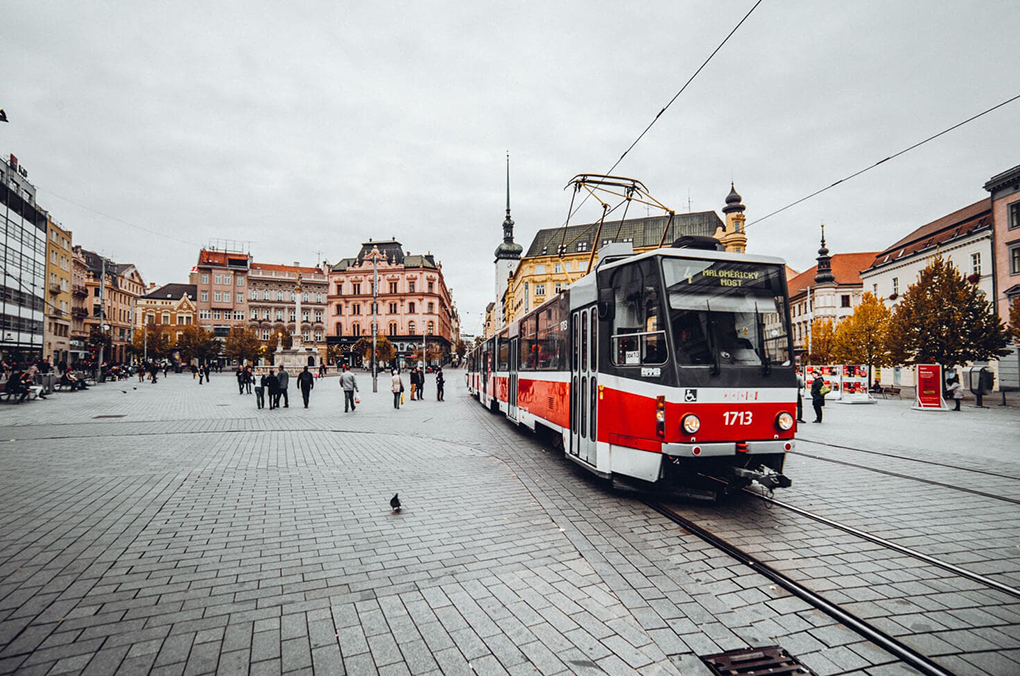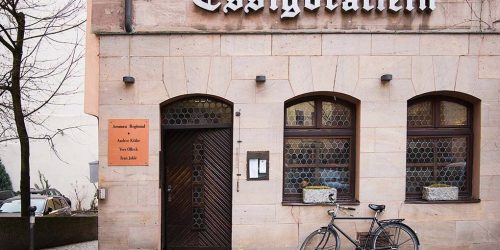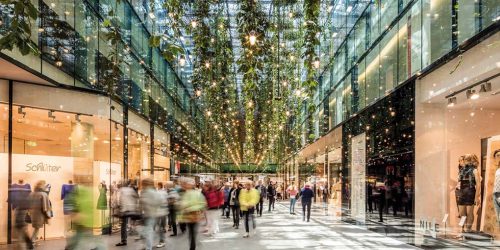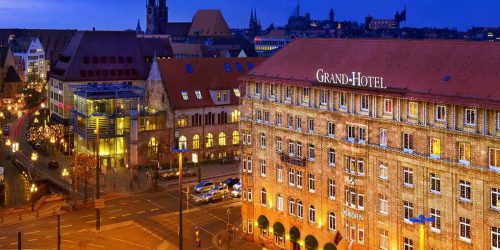Nuremberg Tourism: Practical Travel Tips You Can’t Miss
Nuremberg holds a special place in my heart. Nestled in the Bavarian region of Germany, this city is renowned for its rich history, stunning architecture, and vibrant culture. During my visits, I’ve gathered a wealth of knowledge that I’d love to share with you. I’ll provide practical travel tips you can’t miss, covering everything from must-have items and local customs to transportation and culinary delights. Let’s dive into the ultimate guide to experiencing Nuremberg!
Essential Packing Tips
What to Pack for Nuremberg
Packing appropriately for your trip to Nuremberg is essential to ensure a comfortable and enjoyable experience. Based on my experiences, here are some must-have items:
- Comfortable Footwear: Nuremberg’s cobblestone streets and numerous attractions make comfortable walking shoes a necessity. I recommend packing sturdy walking shoes or sneakers to keep your feet happy during long explorations.
- Weather-Appropriate Clothing: The weather in Nuremberg can be quite variable. If you’re traveling in the spring or fall, layering is key. I often pack light sweaters or cardigans that can easily be added or removed. In winter, don’t forget a warm coat, gloves, and a scarf, as temperatures can drop significantly.
- Lightweight Rain Jacket: Rain is not uncommon, so a compact, lightweight rain jacket can save the day. I always pack a travel-sized umbrella as well.
- Portable Charger: With all the sightseeing, my phone tends to drain quickly. A portable charger helps me stay connected and ready to capture all the beautiful moments without worrying about battery life.
- Travel Guide or App: Having a reliable travel guidebook or a travel app on my phone is invaluable. They provide insights on local history, attractions, and practical tips that enhance my travel experience.
Understanding Local Weather
When to Visit Nuremberg
Nuremberg experiences four distinct seasons, each offering a unique experience:
- Spring (March to May): The weather begins to warm up, with temperatures ranging from 8°C to 18°C (46°F to 64°F). This is a lovely time to explore, as flowers bloom and outdoor cafes open up.
- Summer (June to August): Summer can be warm, with temperatures averaging between 20°C to 25°C (68°F to 77°F). This is peak tourist season, so be prepared for larger crowds at popular attractions.
- Autumn (September to November): Fall offers beautiful foliage and comfortable temperatures, ranging from 10°C to 20°C (50°F to 68°F). It’s an excellent time for photography.
- Winter (December to February): Winters are cold, with temperatures often below 0°C (32°F). However, the city is beautifully decorated during the holiday season, and the Christmas markets are a must-visit.
Embracing Nuremberg’s Culture
Local Customs and Etiquette
Understanding local customs can greatly enhance your travel experience. Here are some tips I’ve learned:
- Greeting: A simple handshake is the norm when meeting someone for the first time. Germans appreciate politeness, so always greet people with “Guten Tag” (Good day) or “Hallo” (Hello).
- Dining Etiquette: When dining, it’s common to wait for the host to start the meal. Keep your hands on the table (but not your elbows), and say “Guten Appetit” before you begin eating.
- Tipping: Tipping is appreciated but not mandatory. In restaurants, rounding up the bill or leaving about 10% is customary. I often leave small change when I pay in cash.
Currency Exchange and Budgeting
Currency in Nuremberg
Germany uses the Euro (€), which is crucial to know when budgeting for your trip. Here are my tips for managing currency and expenses:
- Currency Exchange: I recommend exchanging some currency before arriving. Airports and train stations offer exchange services, but the rates might not be the best. It’s often cheaper to withdraw cash from an ATM once you arrive. Just be mindful of your bank’s foreign transaction fees.
- Budgeting: Nuremberg is relatively affordable compared to other major German cities. On average, I budget about €60-€80 per day, including meals, transportation, and entry fees for attractions.
Getting Around Nuremberg
Public Transportation Overview
Navigating Nuremberg is convenient, thanks to its efficient public transportation system. Here’s how I manage it:
- Types of Transport: The city boasts an extensive network of trams, buses, and U-Bahn (subway) trains. I find the U-Bahn particularly useful for reaching attractions quickly. Trams are also a great way to explore different parts of the city.
- Metro Card Options: I recommend purchasing a Tageskarte (day pass) if you plan to use public transportation frequently. This card offers unlimited travel for one day and costs around €6.60.
- How to Buy a Metro Card: You can purchase tickets from ticket machines located in U-Bahn stations or tram stops. These machines usually have English language options, making it easy for tourists. I often carry some cash, as not all machines accept cards.
Comparing Transportation Options
- U-Bahn: The U-Bahn is fast and efficient, ideal for reaching distant attractions. It has clear signage and announcements in English, making it tourist-friendly.
- Trams: Trams are perfect for short distances and offer a more scenic view of the city. They run frequently, so you won’t have to wait long.
- Bicycles: Nuremberg is also bike-friendly, with numerous bike lanes and rental stations. Renting a bike can be a fun way to explore at your own pace.
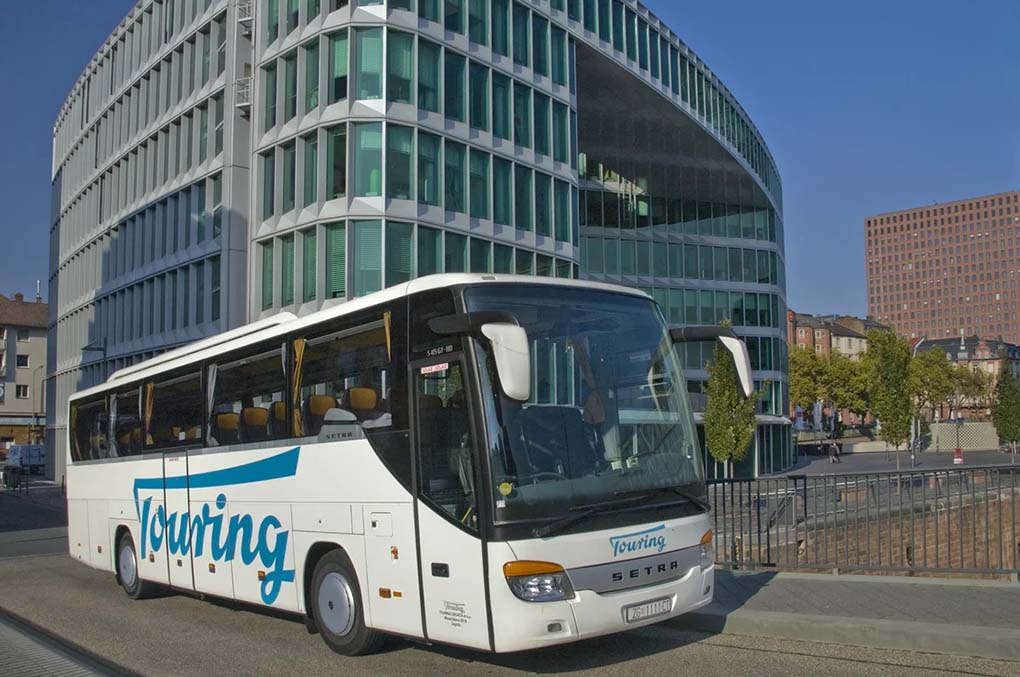
Culinary Delights: Street Food Recommendations
Must-Try Street Foods
Nuremberg is famous for its local street food, and here are my top picks:
- Nuremberg Sausages (Nürnberger Bratwürste): These small, flavorful sausages are a must-try. I recommend heading to the Hans-Sachs-Platz to enjoy them at one of the many stalls.
- Lebkuchen: This traditional gingerbread cookie is especially popular during the Christmas season. I often stock up on these delicious treats to bring back home.
- Pretzels (Brezn): Soft and salty, Bavarian pretzels are the perfect snack to enjoy while wandering the streets. I always grab one from a local bakery.
Food Safety Tips
When indulging in street food, I always keep the following safety tips in mind:
- Choose Busy Stalls: A good indicator of quality and safety is the number of customers. I prefer stalls with a long line of locals.
- Check Hygiene: Look for cleanliness in the food preparation area. I avoid stalls that seem unkempt.
- Eat Fresh: Opt for freshly cooked food instead of items that have been sitting out for a long time.
Local SIM Card: Staying Connected
Getting a Local SIM Card
Staying connected while traveling is crucial, and obtaining a local SIM card is an excellent option. Here’s how I did it:
- Where to Buy: I found local SIM cards at kiosks in Nuremberg’s main train station and at major mobile phone retailers. Vodafone and O2 offer prepaid SIM cards that provide good coverage.
- Data Plans: I opted for a plan that included unlimited data for a week, which cost around €30. This allowed me to navigate easily and share my travel experiences on social media without worrying about data limits.
Planning Your Mini Itinerary
A 5-Day Nuremberg Itinerary
When visiting Nuremberg, having a well-structured itinerary can help maximize your time. Here’s how I planned my 5-day trip:
Day 1: Explore the Old Town
- Morning: Start with a visit to the Nuremberg Castle for panoramic views of the city.
- Afternoon: Stroll through the Market Square and try local sausages for lunch.
- Evening: Visit St. Lorenz Church and enjoy dinner at a traditional Bavarian restaurant.
Day 2: History and Culture
- Morning: Explore the Documentation Center Nazi Party Rally Grounds to learn about the city’s history.
- Afternoon: Visit the Germanisches Nationalmuseum to delve deeper into German culture.
- Evening: Attend a concert or cultural event at one of the local theaters.
Day 3: Day Trip
- Destination: Consider a day trip to Bamberg, a UNESCO World Heritage site known for its medieval architecture and stunning scenery. It’s just a short train ride away and offers a beautiful change of pace.
Day 4: Art and Relaxation
- Morning: Visit the Albrecht Dürer House, the former home of the famous painter.
- Afternoon: Relax at the Hesperidengarten, a lovely park perfect for unwinding.
- Evening: Enjoy a traditional meal at a local tavern.
Day 5: Shopping and Leisure
- Morning: Shop for souvenirs in the Old Town, focusing on local crafts and Lebkuchen.
- Afternoon: Explore the Nuremberg Zoo or take a leisurely walk along the Pegnitz River.
- Evening: Wrap up your trip with a farewell dinner at one of the upscale restaurants.
Insurance Recommendations
Travel Insurance
Before embarking on my journeys, I always ensure I have reliable travel insurance. One of the policies I recommend is World Nomads. Here’s why:
- Comprehensive Coverage: It covers a wide range of scenarios, including trip cancellations, medical emergencies, and lost luggage. This peace of mind allows me to travel more freely.
- Flexibility: World Nomads offers coverage for a variety of adventure activities, which is perfect for travelers like me who enjoy exploring off the beaten path.
- Easy Claims Process: In my experience, their claims process is straightforward and user-friendly, ensuring that I can get help when needed.
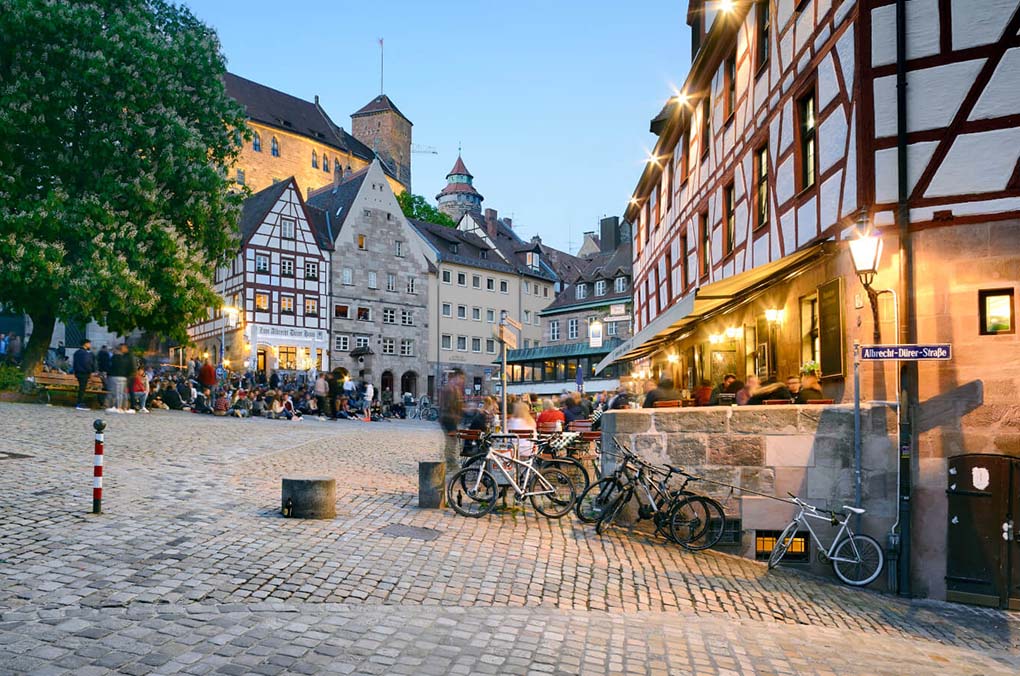
Final Thoughts
Traveling to Nuremberg is an enriching experience filled with historical wonders, delightful cuisine, and vibrant culture. By following these practical travel tips, I’ve been able to navigate the city with ease, immerse myself in the local customs, and enjoy every moment of my journey.
Whether you’re indulging in local delicacies, exploring historic sites, or simply soaking in the atmosphere, I hope this guide helps you make the most of your trip to Nuremberg. Safe travels, and enjoy every moment of your adventure!

